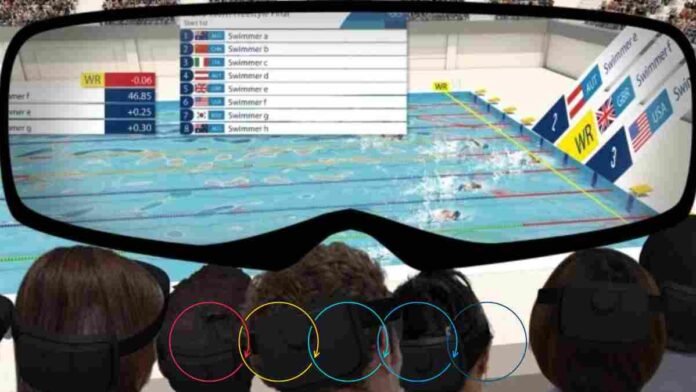If technology had been an Olympic competitor, it would undoubtedly be the standout performer this summer, capturing all the gold medals. From modern timekeeping systems to groundbreaking athletic equipment, technology has revolutionized the world of olympics and sports, reshaping how athletes compete and how fans revel in their feats.
Advancements in Timing and Analysis
Omega Timing, the official timekeeper of the Olympics since 1932, continues to set new standards with its technological innovations. At the Olympic Aquatic Center, computer vision technology and high-speed cameras analyze swimmers’ movements in real-time, tracking stroke rates, distance, acceleration, and deceleration with unprecedented accuracy.
In track and field, smart bibs equipped with advanced sensors transmit thousands of data points per second to high-speed processors. This real-time data collection enhances performance analysis and allows for more precise decision-making. Additionally, tennis courts now utilize computer vision to assess players’ reaction times and their impact on shot quality.
Camera technology has also reached new heights. This year’s track cameras operate at four times the speed of previous models, capturing 40,000 frames per second. This ultra-fast technology was crucial in determining the winner of the men’s 100-meter race, where two athletes finished with an identical time of 9.79 seconds.
Technological Innovations in Athletic Gear
Technology’s impact extends beyond observation and analysis; it also enhances athletic performance. The Fastskin LZR swimsuits, which use a water-repellent material originally designed for space applications, reduce drag and help swimmers move more efficiently. Reports indicate that in the 2008 Olympics, 94% of gold medals in swimming were won by athletes wearing LZR suits, demonstrating their significant advantage.
CompPair’s HealTech represents another breakthrough. This technology features healable composites for pole vaulting poles, allowing for rapid repairs within 10 minutes using a specialized heating process. This innovation ensures that athletes are not sidelined due to equipment failures.
Footwear technology has also seen remarkable advancements. Nike’s “super spikes” have transformed track racing, while On’s spray-on shoes and Nike-Hyperice recovery boots push the boundaries of athletic gear. These innovations not only enhance performance but also speed up recovery, giving athletes a competitive edge.
Looking Ahead: The Future of Technology in Sports
As technology advances at an unprecedented pace, questions arise about its future impact. The significant performance improvements enabled by technology—such as the estimated 1.5% boost in running performance due to super spikes—are impressive but also spark discussions about technology’s role in sports.
With these rapid advancements, concerns emerge about the potential for technology to overshadow human performance. By 2028, the idea of humanoid robots or AI-driven athletes competing alongside humans may not seem far-fetched. Balancing technological progress with the integrity of human skill and competition will be essential.
In conclusion, technology has become a transformative force in the Olympics, influencing every aspect of preparation, performance, and evaluation. As we marvel at these advancements, we can only anticipate what the future holds. For now, we celebrate how technology has revolutionized the Games and look forward to its continued evolution.



